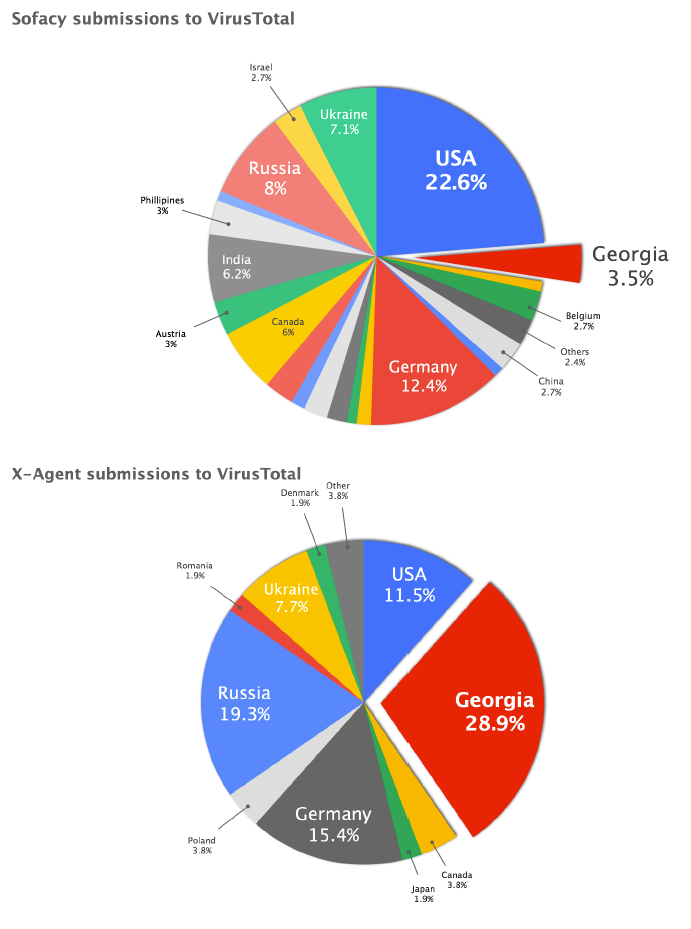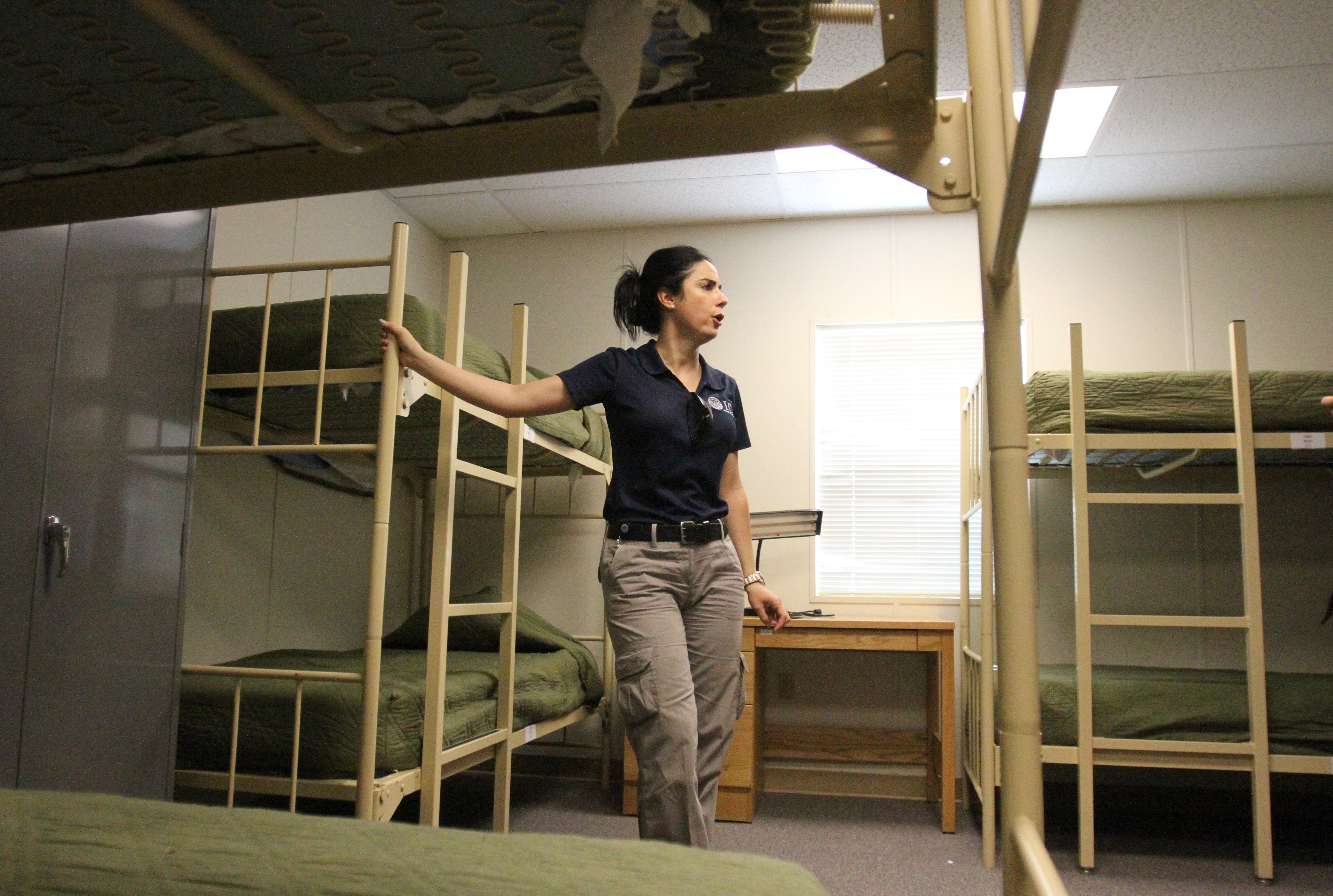Fisherman Complaint
In December 2016, President Obama established the first national marine monument in the Atlantic Ocean. Situated 150 miles southeast of Cape Cod, the designation of the Northeast Canyons and Seamounts Marine National Monument, protects 4,913 square miles of deep-water habitat. This designation phases out commercial fishing and prohibits other extractive activities such as mining and drilling. In his final week of office, Obama expanded the California Coastal National Monument protecting more than 20,000 rocks and small islands located off the California coastline. Originally designated by President Clinton in 2000, the site has already been expanded by Obama once, when he added Point Arena-Stornetta in Mendocino County in 2014. The California Monument, was expanded by 6,230 acres and includes protection of six new sites under Obama. More here.
*** Unwinding Obama’s presidential legacy one step at a time. Likely, there will not be a section in his new presidential library that will include the Northeast Canyons…
***
American Antiquities Act of 1906
16 USC 431-433
Be it enacted by the Senate and House of Representatives of the United States of America in Congress assembled, That any person who shall appropriate, excavate, injure, or destroy any historic or prehistoric ruin or monument, or any object of antiquity, situated on lands owned or controlled by the Government of the United States, without the permission of the Secretary of the Department of the Government having jurisdiction over the lands on which said antiquities are situated, shall, upon conviction, be fined in a sum of not more than five hundred dollars or be imprisoned for a period of not more than ninety days, or shall suffer both fine and imprisonment, in the discretion of the court. Read more here.
New England fishermen challenge Obama’s
marine national monument
Creation of the Northeast Canyons and Seamounts Marine National Monument exceeded the Antiquities Act, which authorizes monuments only on federal land, not the ocean
BOSTON, MA; March 7, 2017: A coalition of New England fishermen organizations filed suit today over former President Barack Obama’s designation of a vast area of ocean as a national monument — a dictate that could sink commercial fishing in New England.
The organizations filing the lawsuit are the Massachusetts Lobstermen’s Association, Atlantic Offshore Lobstermen’s Association, Long Island Commercial Fishing Association, Rhode Island Fisherman’s Alliance, and Garden State Seafood Association.
They are represented, free of charge, by Pacific Legal Foundation, a watchdog organization that litigates nationwide for limited government, property rights, and a balanced approach to environmental regulations.
The lawsuit challenges President Obama’s September 15, 2016, creation of the Northeast Canyons and Seamounts Marine National Monument, 130 miles off the coast of Cape Cod.
“By declaring over 5,000 square miles of ocean — an area the size of Connecticut — to be a national monument, President Obama set this entire area off-limits to most fishing immediately, with what remains of fishing opportunities to be phased out over the next few years,” said PLF attorney Jonathan Wood. “This illegal, unilateral presidential action threatens economic distress for individuals and families who make their living through fishing, and for New England communities that rely on a vibrant fishing industry.”
A monumental abuse of presidential power
President Obama claimed to be relying on the federal Antiquities Act. But as today’s lawsuit makes clear, his decree far exceeded the authority granted to presidents by that 1906 statute. The Antiquities Act was enacted to protect ancient antiquities and human relics threatened by looting, giving the president broad powers to declare monuments consistent with that purpose.
However, the statute permits creation of national monuments only on “lands owned or controlled” by the federal government. Moreover, any designation must be “confined to the smallest area” needed to protect the artifacts or objects that the monument is intended to safeguard.
“President Obama violated both of those core requirements of the law when he created the Northeast Canyons and Seamounts Marine National Monument,” Wood noted. “Most fundamentally, the ocean, where the monument is located, is not ‘land,’ nor is it federally owned or controlled. The monument designation is also not confined to the smallest necessary area; on the contrary, its sprawling boundaries bear no relation to the underwater canyons and seamounts it is supposed to protect. In short, the designation of a vast area of ocean as a national monument was a blatant abuse of presidential power.
“Unfortunately, the Antiquities Act has morphed into a favorite tool for presidents to abuse,” Wood continued. “Today, presidents use it to place vast areas of federal lands off limits to productive use with little input. Monument designations are particularly common at the end of a chief executive’s term, once the president can no longer be held accountable.
“Former President Obama was the king of Antiquities Act abuse, invoking it more times than any prior president and including vastly more area within his designations than any predecessor,” said Wood. “Our lawsuit is intended to rein in abuse of the Antiquities Act and underscore that it is not a blank check allowing presidents to do whatever they want. The creation of the Northeast Canyons and Seamounts Marine National Monument is a clear example of a president exceeding his authority, and we are suing to make sure this edict is struck down and the rule of law prevails.”
No environmental justification
“Beyond its violation of the law, the monument designation also threatens to harm the environment by pushing fishermen to other, less sustainable fisheries, and increasing conflicts between their gear and whales,” said Wood. “The president’s proclamation cites protection of coral as one of the reasons for the monument. But the corals remain pristine after more than four decades of commercial fishing because fishermen know where the corals are, and carefully avoid them, out of environmental concern and because coral destroys their gear.
“Instead of punishing New England’s fishermen — and shutting down their businesses — federal officials should be acknowledging their positive role as stewards of the ocean’s environmental resources,” Wood added. “This is shown in their laudable efforts to promote sustainability. PLF’s clients, for instance, have spent years working to improve their methods and equipment and to retire excess fishing permits, knowing that these costly sacrifices will provide long-term benefits to their industry and the environment. The monument designation undermines those sustainability efforts, by depriving the fishermen of any reward for their sacrifices.”
With a ‘stroke of the pen,’ Obama’s illegal action ‘puts men and women out of work’
“We are fighting every day to keep the men and women in the commercial fishing industry working, but with one stroke of President Obama’s pen — and his abuse of the Antiquities Act — they are out of work,” said Beth Casoni, executive director of the Massachusetts Lobstermen’s Association.
“The monument designation will have a negative rippling effect across the region as fishermen will have to search for new fishing grounds — only to find they are already being fished,” she said. “The shoreside businesses will also feel the impacts, as fishermen have to go further and further to harvest their catch, leaving less funds to reinvest in their businesses.
“We are extremely grateful to have PLF at our side as we fight back against this legal travesty, which is causing so much hardship for the commercial fishing industry here in the Northeast.”









 Then we have the gullible Prime Minister of Canada, Justin Trudeau who has invited Middle Eastern migrants, asylees and refugees in a welcome to Canada. Yet the intelligence and security authorities in Canada have a different position.
Then we have the gullible Prime Minister of Canada, Justin Trudeau who has invited Middle Eastern migrants, asylees and refugees in a welcome to Canada. Yet the intelligence and security authorities in Canada have a different position.












 Techviral
Techviral
 Russian embassy Washington DC
Russian embassy Washington DC
